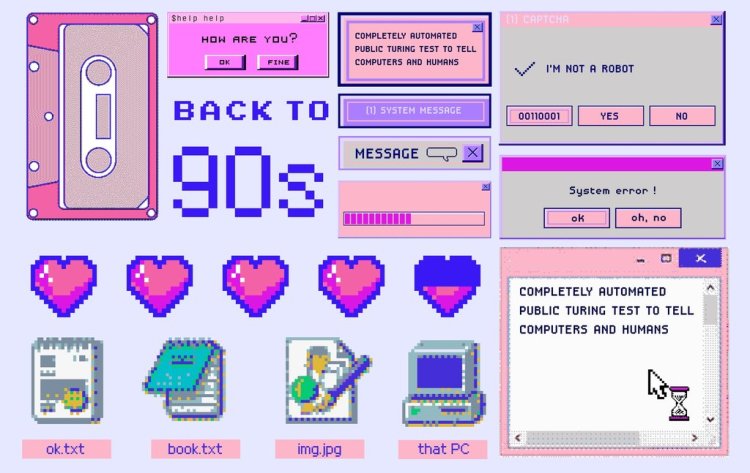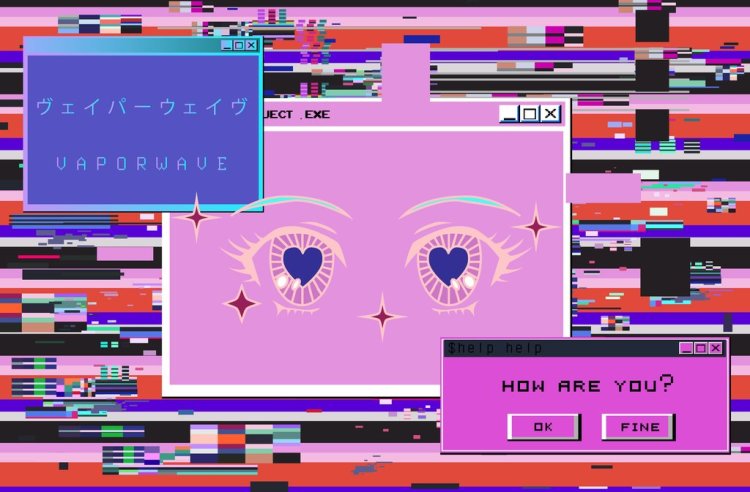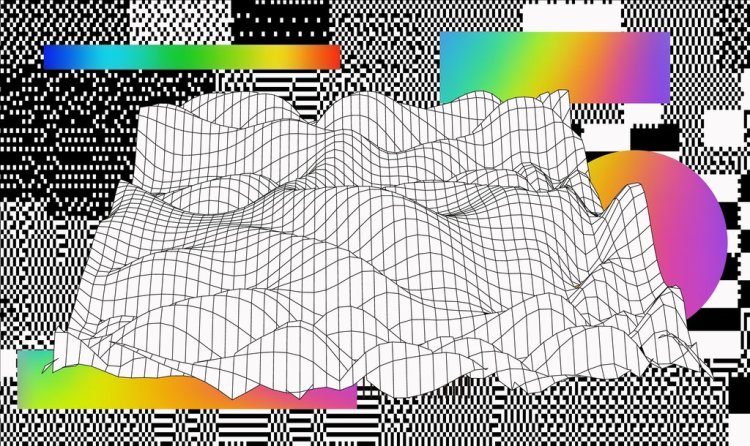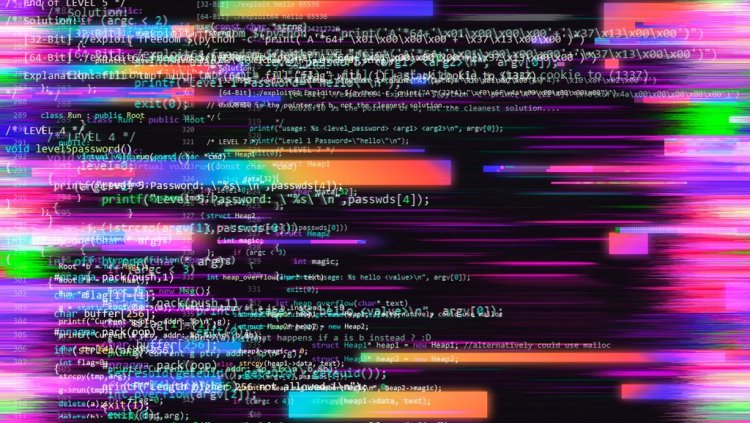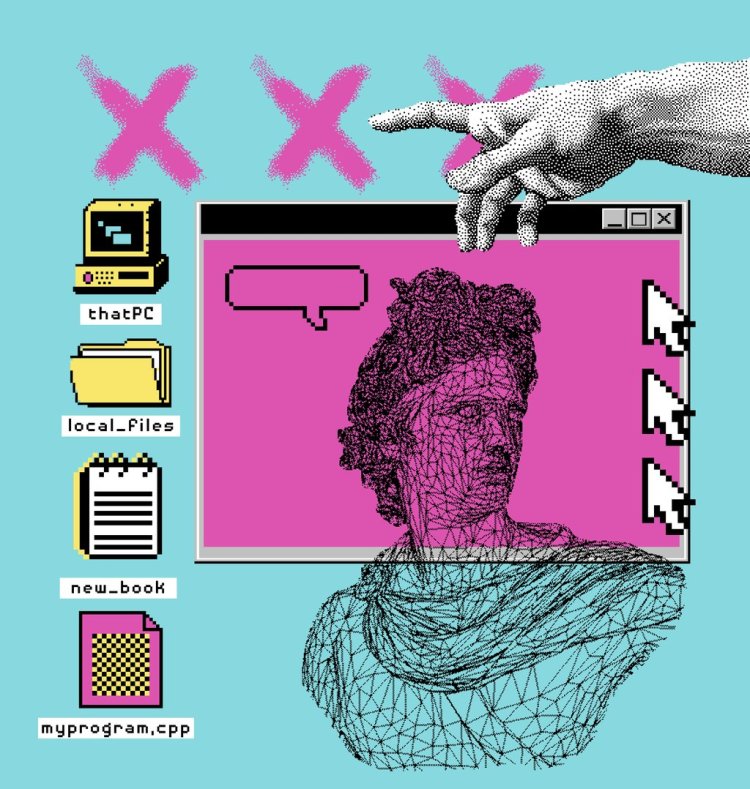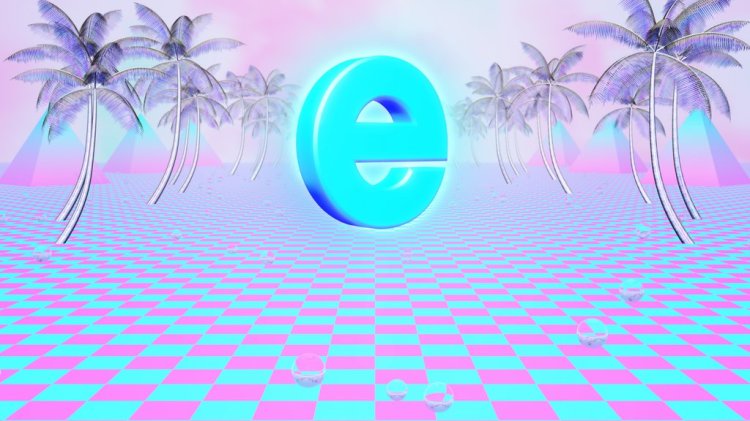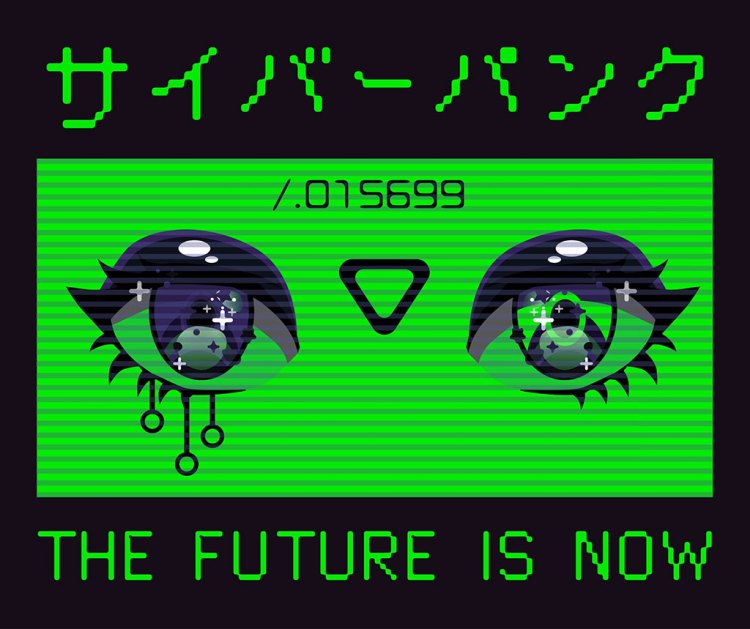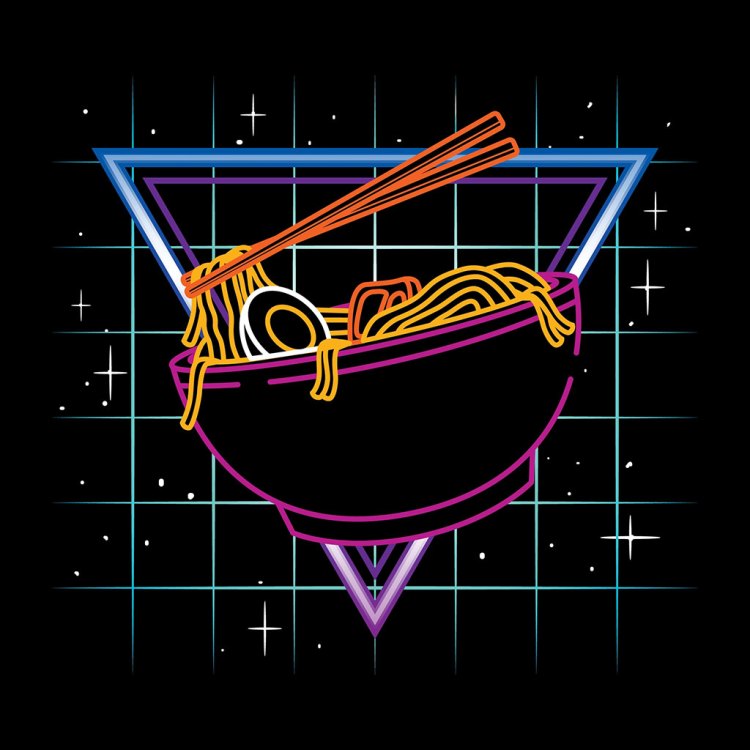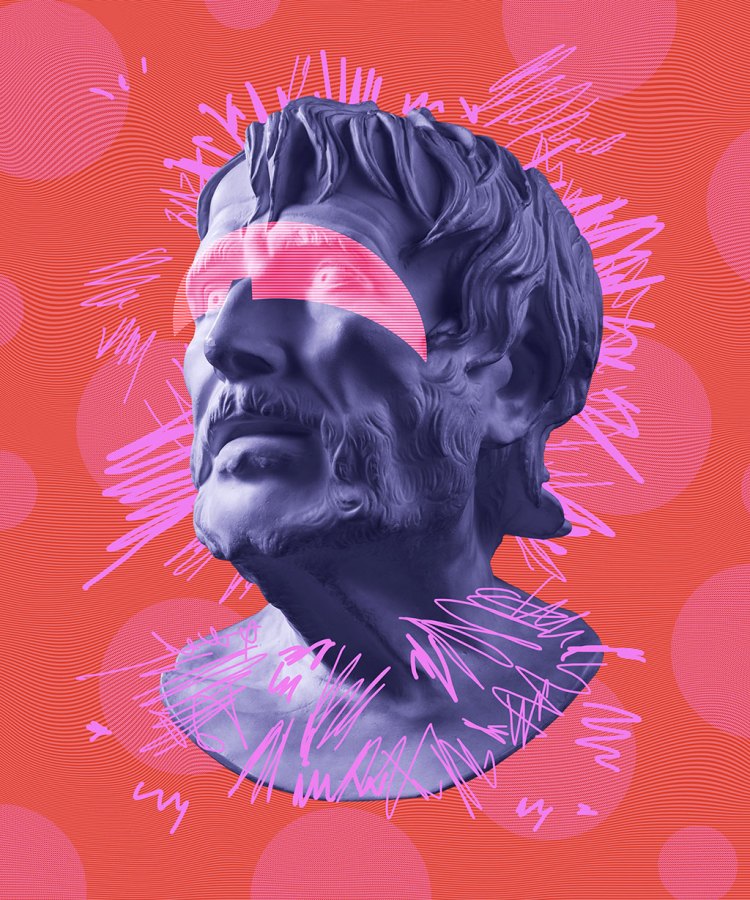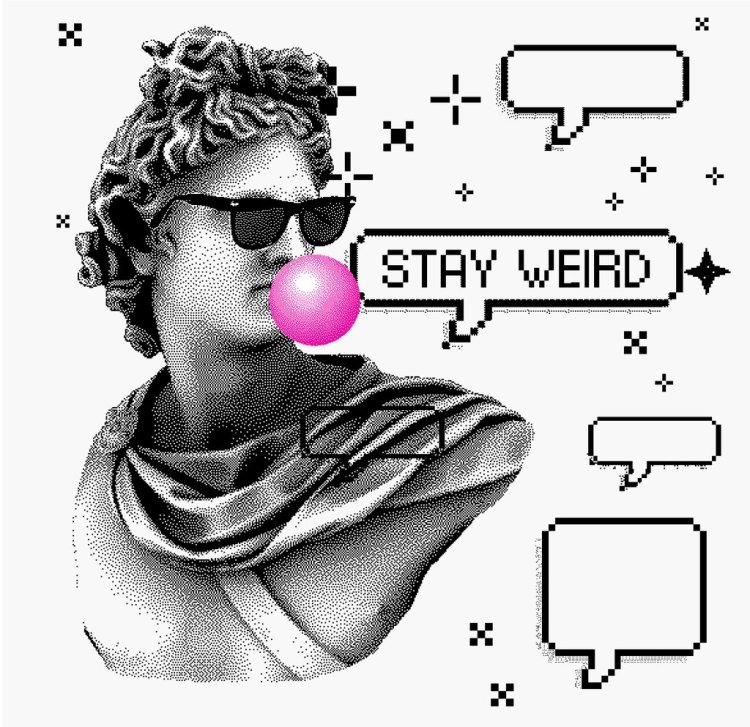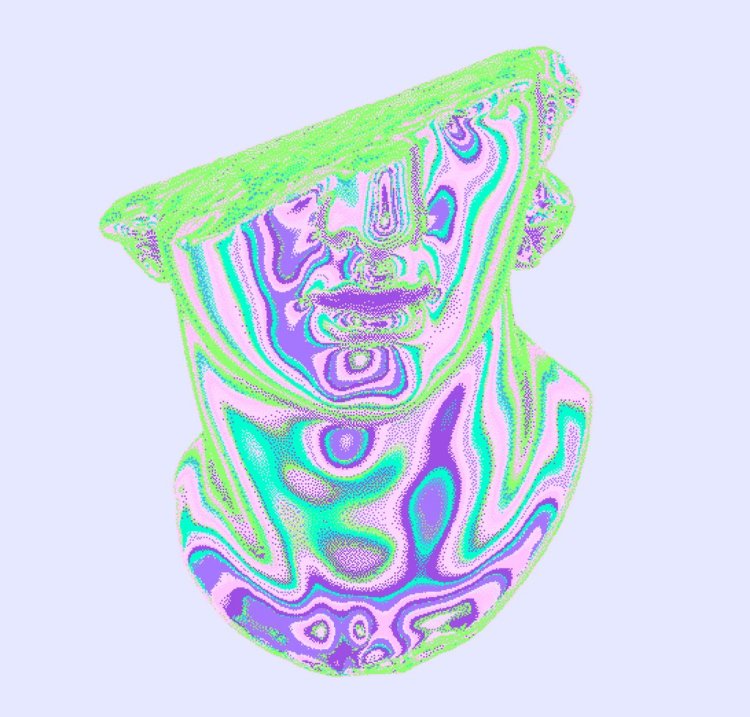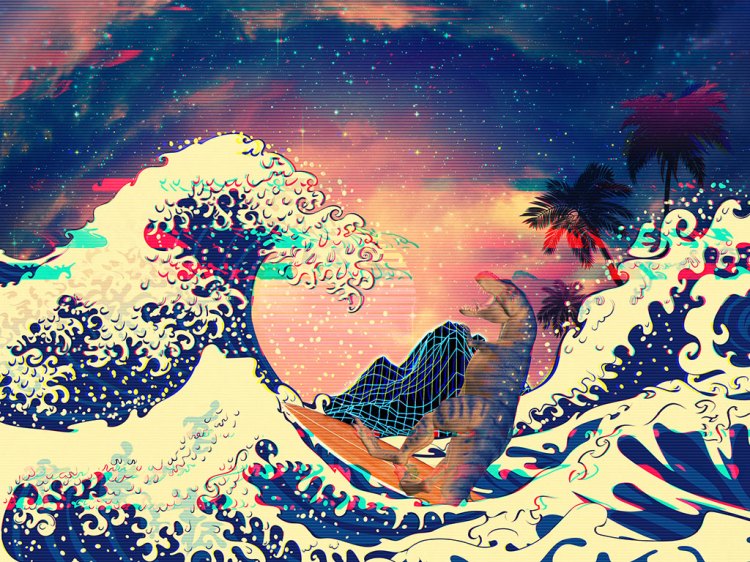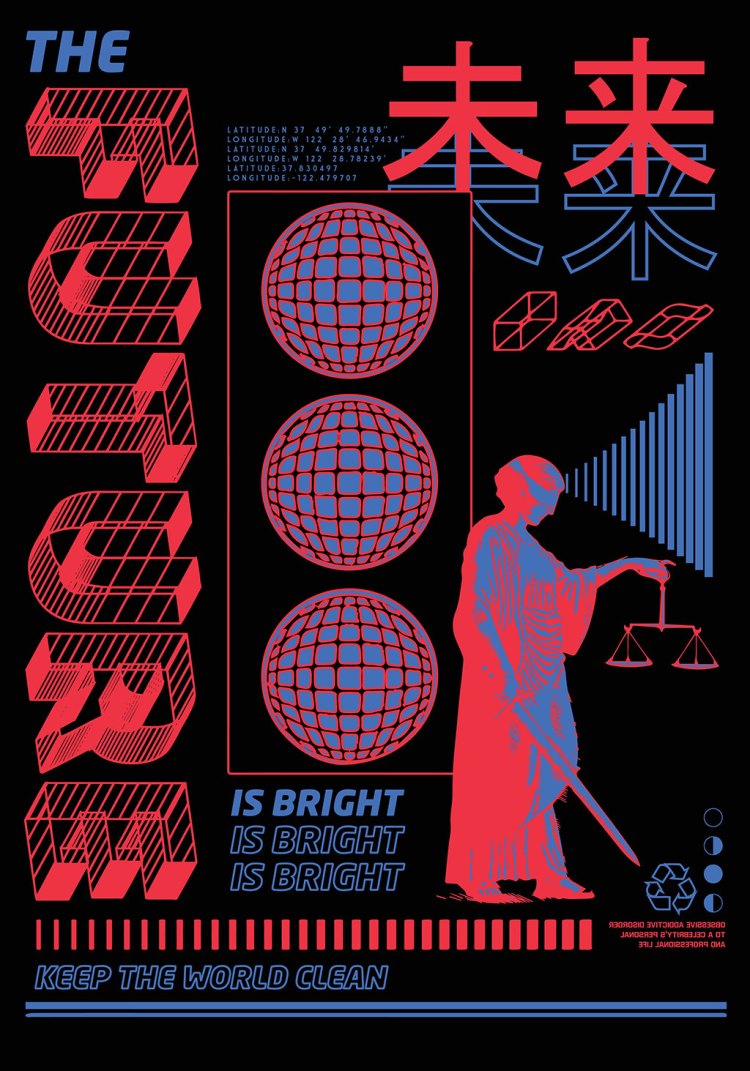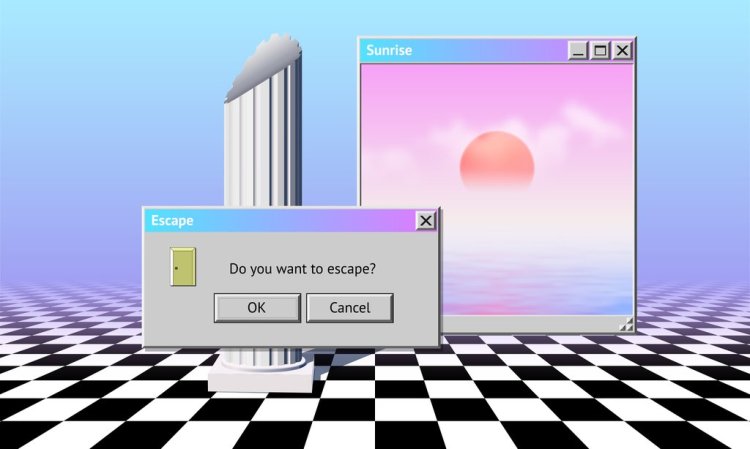

Vaporwave has been robbed of its rightful place in art history. Take a look at its origins—and what it tells us about the future of design.
Vaporwave, a product of the 2010s internet, isn’t just one thing. It’s a musical genre, a visual art form, an aesthetic. Perhaps because it’s so hard to define, the movement has been widely dismissed as meaningless and fleeting.
But, in fact, vaporwave has had a lasting impact on design. Here we take a look back at the movement, its themes, and what it tells us about how the internet shapes creativity.

What Is Vaporwave?
Vaporwave has its roots in sound. Musically, vaporwave is a slowed down, remixed, and chopped genre that reconfigures dance music of the ’80s and ’90s, lounge-y elevator tunes, and samples from television, infomercials, and video games.
The movement’s equally recognizable visual language is deeply entwined with the audio that preceded it. Aesthetically, vaporwave provides a distorted and melancholic look of the ’80s and ’90s. It often incorporates web design from the early days of the internet, imagery from music videos, and other pop culture elements of the era.
The world of vaporwave is full of neon-lit, futuristic dreamscapes, cotton candy skies, and Japanese iconography, all set to the sound of smooth elevator jazz chopped and screwed to 80’s synths. It’s modern and retro, and evokes both comforting and deeply uncomfortable nostalgia.
Some argue that the genre offers a critique of consumerism, globalization, and capitalism. In that respect, vaporwave connects with punk, a genre typically aligned with anarchy and anti-capitalism. Only, it’s the punk of the internet era.
So, what are the design elements that define this unapologetic, polarizing movement?
The Internet
Without the internet, vaporwave would quite simply not exist. It’s perhaps unsurprising then that early internet imagery features in vaporwave design. Late 1990s web design, glitch art, 3D-rendered objects, animation, and cyberpunk tropes all serve as visual references to the worldwide web.
Japanese Iconography
From 1967 to the early 1990s, Japan developed the most cutting-edge technologies and, eventually, the country’s GDP skyrocketted to become the second-highest in the world. Economists around the world referred to this time period in Japan as the Japanese Economic Miracle, and the era hit its peak in the ’80s and ’90s.
Vaporwave, with its bright neon city lights, cropped anime girls, and 16-bit Nintendo video games, is a nod to Japan at the height of its economic power. It freezes the country during its two decades of unrestrained consumption, critiquing its consumerist era under the guise of idealizing it.
Ancient Greek and Roman Busts
Greek and Roman busts feature predominantly in vaporwave design to represent the reappropriation of classical art into popular culture.
It’s a playful reference to classical aesthetics, combining highbrow classical imagery with lowbrow modern elements. The Helios statue featured on the cover of Floral Shoppe’s album, Macintosh Plus, offers the most notable use of Greek imagery in vaporwave art.
High-Tech and Low-Tech Digital Art Mashups
Vaporwave design often incorporates pixel art and pixelated text. The use of heavy outlines, isometric shapes, and extruded letters, grids, and dots provide an element of depth to what would otherwise be a flat composition.
Designers often deploy shadows and outlines to suggest a 3D space and create digital compositions.
Final Thoughts
As new technologies such as virtual reality and blockchain promise to become ubiquitous in our lives, it’s essential that we—especially designers—embrace these new technological landscapes to usher in and encourage new eras in design.

Vaporwave was the result of the internet. If this aesthetic has taught us anything, it’s that we should give the benefit of the doubt to any movement born from such technological landscapes, and to anticipate a new era of design in their wake.




